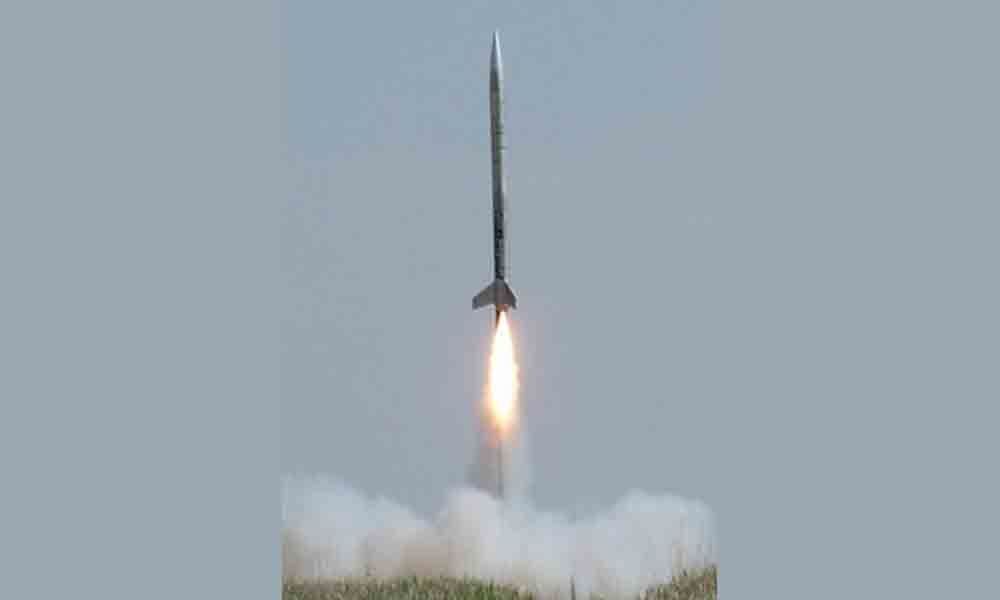About rocketry

A rocket can be defined simply as ‘a chamber enclosing gas under pressure.’ A small opening allows the air to escape, causing thrust. Before learning about more advanced rockets, you can demonstrate this definition with a balloon.
A rocket can be defined simply as 'a chamber enclosing gas under pressure.' A small opening allows the air to escape, causing thrust. Before learning about more advanced rockets, you can demonstrate this definition with a balloon. Thread a drinking straw onto a piece of string and tie the string to two solid objects that are far apart. (Two door knobs will work.) Blow up a balloon, but don't tie it off. The balloon is now a chamber enclosing pressurized gas that wants to escape. Continue to hold the balloon closed while you attach it to the straw with masking tape. Once it is fixed in place, you can launch your 'rocket' by letting go of the end. The air is now free to escape, and as it does so it creates the thrust to drive the balloon forward.
Though primitive rockets made of bamboo sticks stuffed with gunpowder were in use by the Chinese around AD 1200, the foundation for the modern science of rocketry was laid by Sir Isaac Newton near the end of the 17th century. Newton's three Laws of Motion are essential to rocket flight. The three laws are as follows:
1. 'Objects at rest will stay at rest and objects in motion will stay in motion in a straight line unless acted upon by an unbalanced force.' The application for this law is fairly obvious. If your rocket is at rest on the launch pad, it will only be put in motion by an unbalanced force. The forces pushing it up must overbalance the force of gravity pulling the rocket down.
2. 'Force is equal to mass times acceleration,' or f = ma. In rocketry, this equation means that the force of the rocket is dependent on how much fuel it has, and how fast that fuel can escape. In other words, the greater the mass of rocket fuel burned, and the faster the gas produced can escape, the greater the thrust (or force) of the rocket.
3. 'For every action there is always an opposite and equal reaction.' When the action takes place, like gases escaping from the rocket, the reaction follows—the rocket rises in the air.
Since the thrust of a rocket depends on how the gas escapes, one of the most important parts of a rocket is the nozzle. The nozzle is the opening that lets the gasses out. It increases the acceleration of the gas by cutting down on the opening through which it escapes. Use the spray nozzle on your garden hose to see how it works.

















